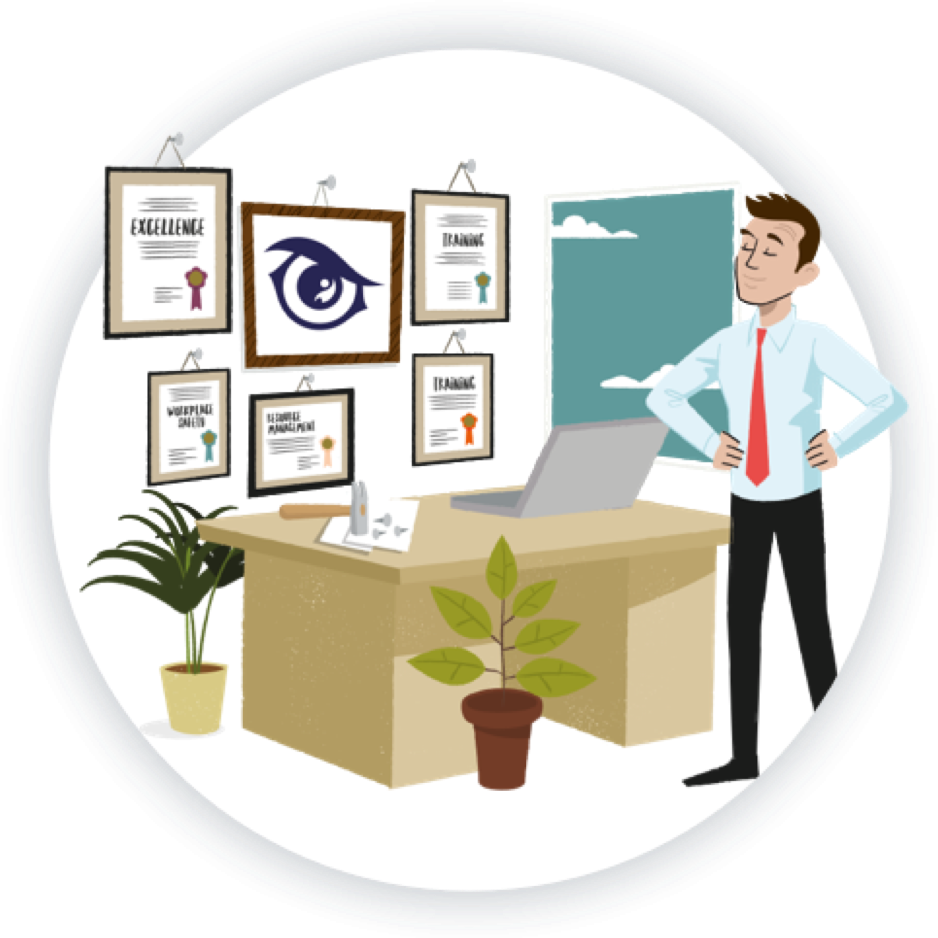Furniture Designer
Job Description:Furniture designers create designs for mass-produced furniture, furniture made in small batches and one-off pieces.
Job Category:What you will do:
In your day-to-day duties you could:
- carry out research to develop ideas
- work to a plan or ‘brief’ agreed with the client
- produce new designs or improve existing ones
- work out costs, practicality and availability of materials
- prepare sketches for ideas, by hand or using computer software
- test ideas using models, prototypes and computer aided design (CAD)
- work with manufacturers on the production process
Skills:
You’ll need:
- knowledge of engineering science and technology
- to be able to use a computer and the main software packages competently
- design skills and knowledge
As well as:
- thinking and reasoning skills
- the ability to come up with new ways of doing things (creative skills)
- to be thorough and pay attention to detail (organisation skills)
- the ability to work well with your hands
- analytical thinking skills
- persistence and determination (ambition & drive)

Entry Requirements:
To become a furniture designer, you don’t necessarily need specific GCSE subjects, but a strong foundation in certain subjects can be very beneficial for your education and career in this field. Here are some subjects that are relevant to becoming a furniture designer:
- Art and Design: GCSE or equivalent courses in art and design can provide you with essential skills in drawing, design principles, and creativity. These skills are fundamental for a career in furniture design.
- Design and Technology (D&T): Courses in D&T can help you understand the materials, construction techniques, and technology used in furniture making. This knowledge is crucial for designing functional and aesthetically pleasing furniture.
- Mathematics: Mathematics is important for measurements, proportions, and calculations related to furniture design and construction. It’s useful for ensuring that your designs are structurally sound.
- Physics: Understanding the properties of materials and how forces interact with them can be valuable in furniture design. Physics knowledge can help you create sturdy and safe furniture designs.
- Woodworking and Craft Skills: If your school offers courses or workshops in woodworking or craft skills, taking advantage of them can provide hands-on experience that complements your theoretical knowledge.
- ICT (Information and Communication Technology): Familiarity with computer-aided design (CAD) software is increasingly important in modern furniture design. Many designers use CAD software to create detailed plans and visualizations of their designs.
- Business Studies: If you plan to start your own furniture design business or work as a freelance designer, knowledge in business and entrepreneurship can be valuable for managing your career.
Post School
You can get into this job through:
- a university course
- a college course
- an apprenticeship
University
You could take a foundation degree, higher diploma or degree in:
- furniture and product design
- 3D design crafts
- interior design
College
You could start by doing a college course like a Diploma in Furniture Design and Making or a course in Craft and Design.
This would teach you some of the skills you’ll need and could help you to get a job as a design assistant with a furniture-making company.
Apprenticeship
You may be able to get into trainee or assistant designer roles through an advanced apprenticeship like:
- new furniture product developer
- fitted furniture design technician
- bespoke furniture maker
Lastly, keep in mind that creativity, a keen eye for detail, and a passion for design are just as important as formal education when it comes to pursuing a career in furniture design.
Working Hours and Environment:
A typical working week consists of 40-42 hours a week.
You may need to be flexible about your working hours, especially when you have deadlines to meet. If you’re self-employed you may work longer hours to meet customers’ needs.
You’ll spend a lot of your time in a studio but may travel to visit clients, suppliers and to attend meetings and trade shows.
If you’re employed by a company, you may be part of a design team. As a self-employed designer, you’ll have your own workshop or studio, or share premises with other designers.
Career Path & Progression:
With experience, you could progress to a more senior design position, or into a specialised area, like ergonomics.
You could also set up your own design consultancy.